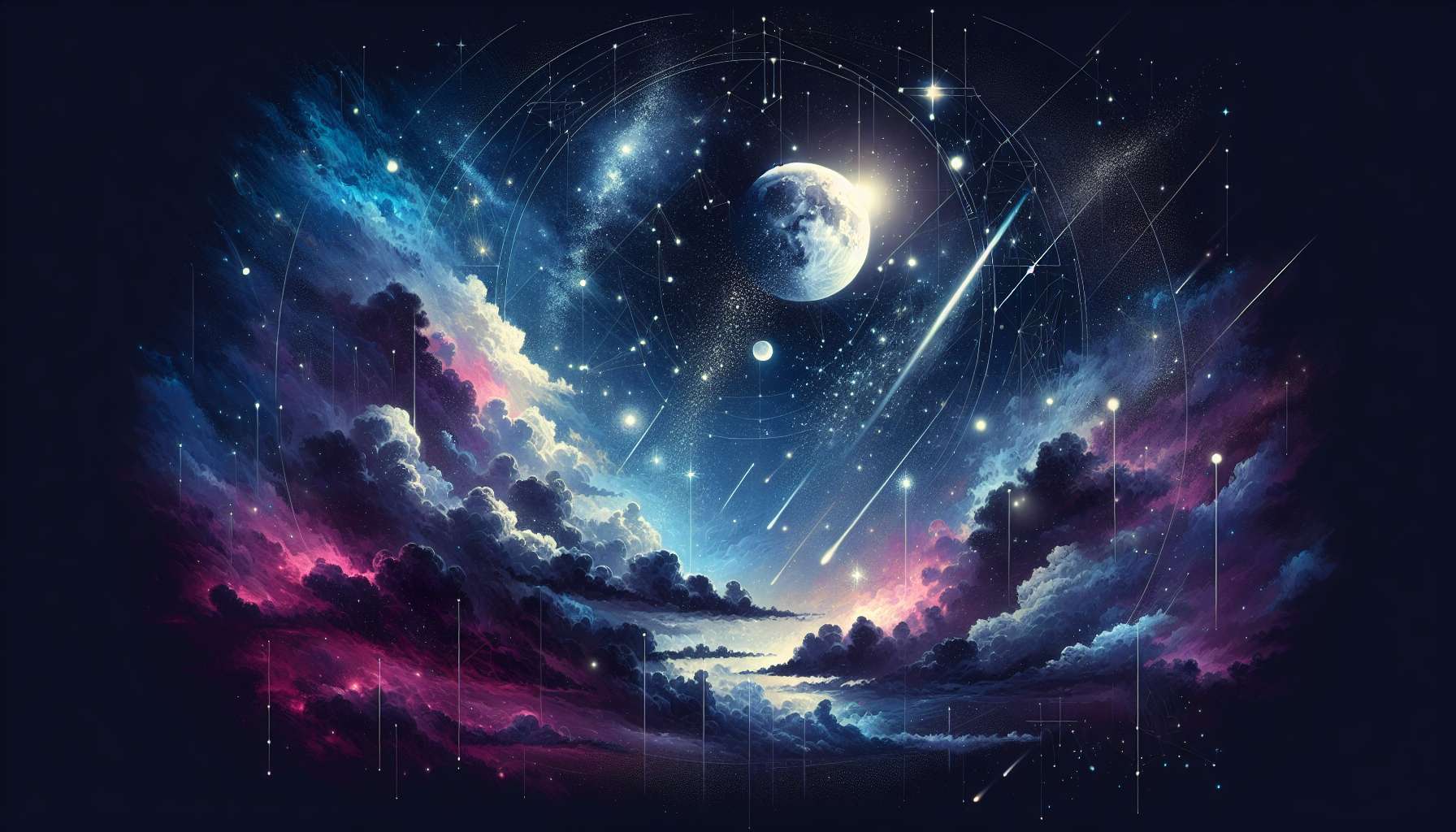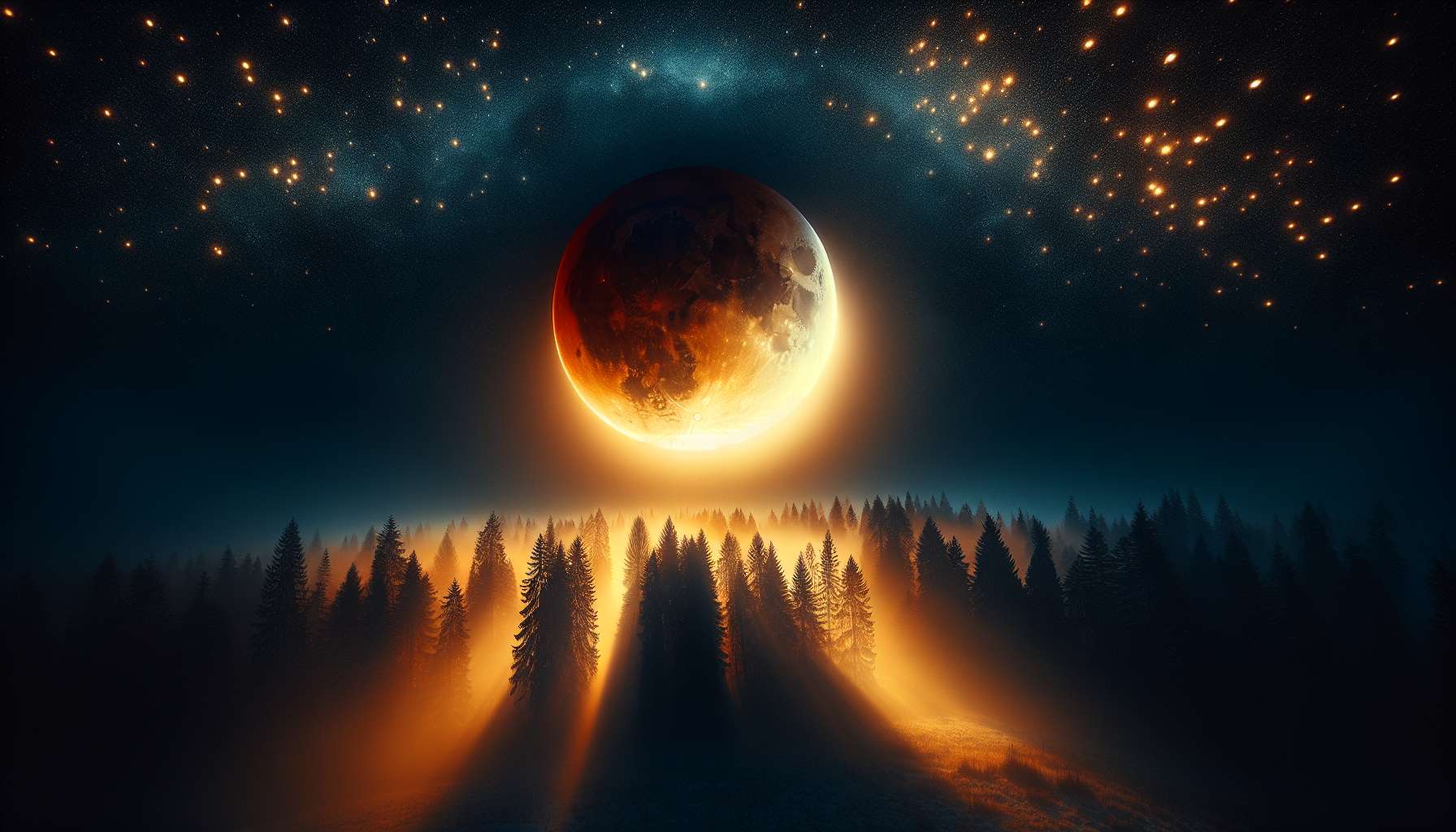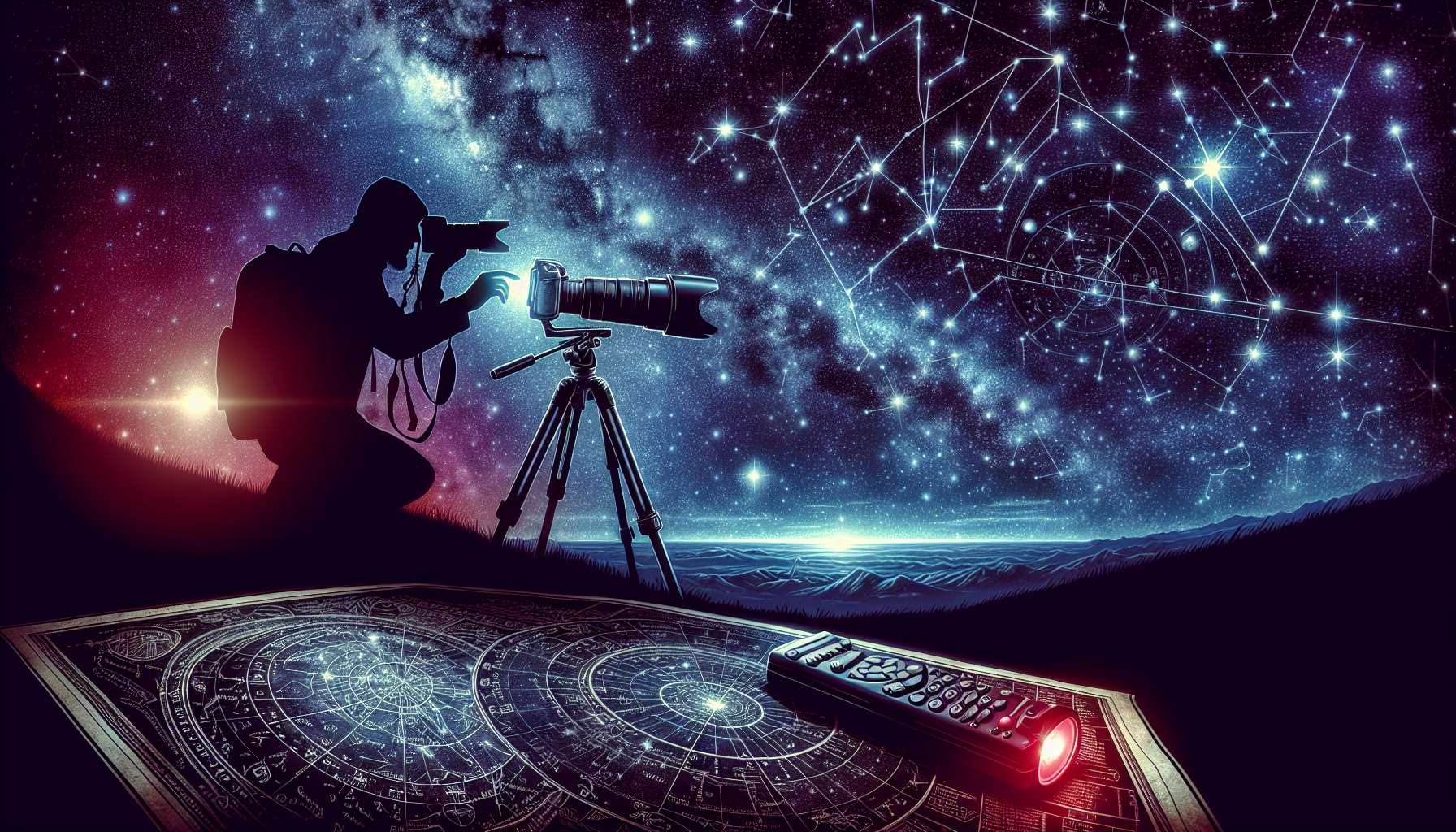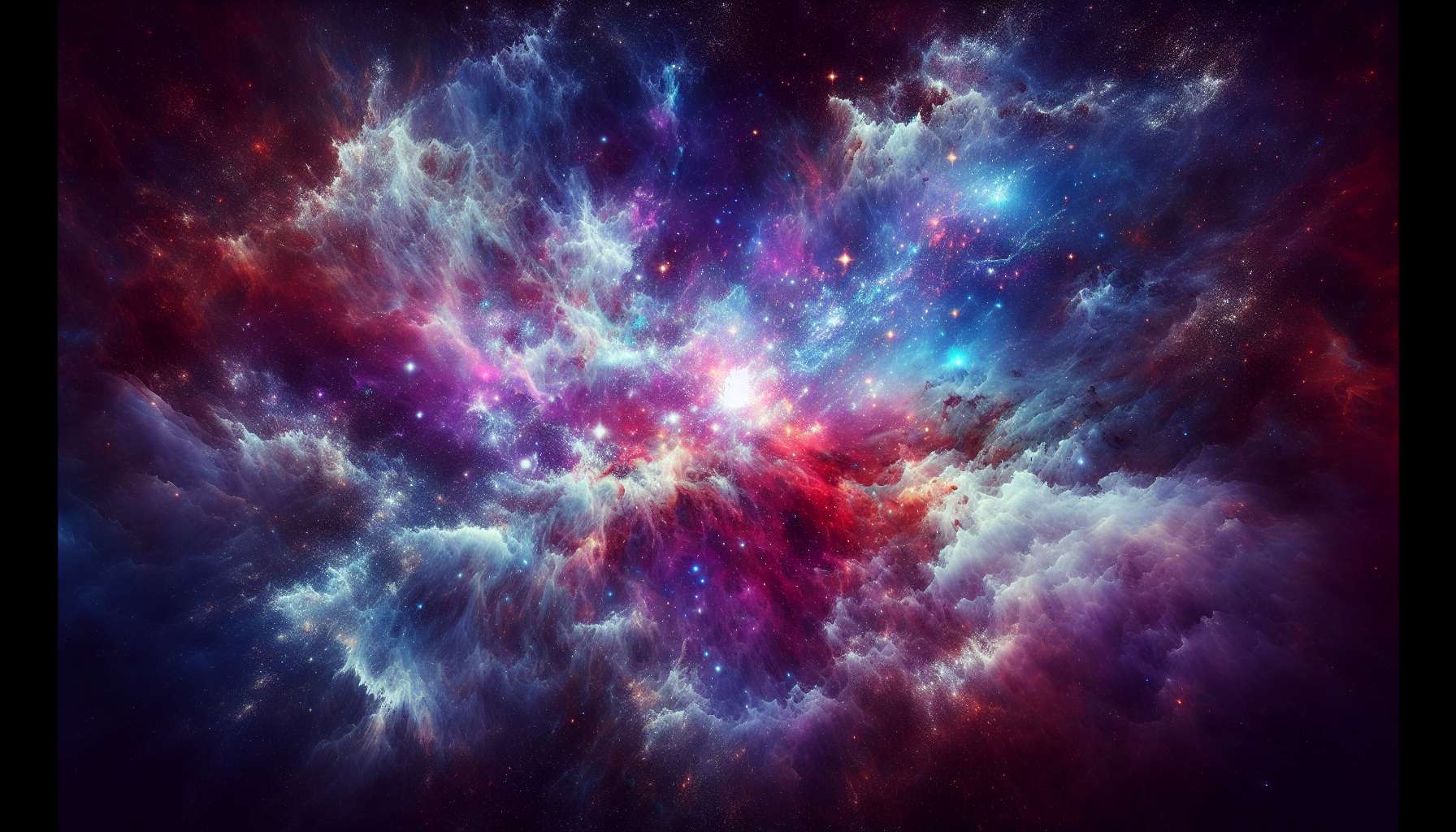Night Sky Composition Techniques: Mastering the Art of Astrophotography
Staring up at the night sky, filled with twinkling stars and mysterious galaxies, is a humbling experience. Capturing the beauty of the cosmos through photography is a way to share that awe-inspiring feeling with others. Night sky composition techniques play a crucial role in creating stunning astrophotography images that can leave viewers in awe. Whether you’re a beginner or a seasoned astrophotographer, understanding these techniques can take your night sky photography to the next level.
The Magic of Night Sky Photography
Have you ever wondered how photographers capture those breathtaking images of the Milky Way, shooting stars, or the northern lights? Night sky photography, also known as astrophotography, is a specialized genre that requires a unique set of skills and techniques. From choosing the right camera gear to mastering exposure settings, astrophotographers use a combination of technical knowledge and artistic vision to create mesmerizing images of the universe.
Choosing the Right Equipment
One of the first steps in mastering night sky composition techniques is selecting the right equipment. A camera with manual settings, such as a DSLR or mirrorless camera, is essential for capturing the faint light of stars and galaxies. A sturdy tripod is also crucial to keep your camera steady during long exposures. Additionally, investing in a wide-angle lens with a fast aperture (f/2.8 or wider) can help you capture more of the night sky and let in more light.
When it comes to camera settings, astrophotographers often shoot in manual mode to have full control over exposure, aperture, and ISO. Setting your camera to manual focus and using a remote shutter release or self-timer can help prevent camera shake during long exposures. Experimenting with different settings and equipment combinations can help you find the best setup for capturing stunning night sky images.
Finding the Perfect Location
Location plays a significant role in night sky photography. Light pollution from cities can wash out the stars and make it challenging to capture clear images of the night sky. To avoid light pollution, consider traveling to remote areas with dark skies, such as national parks or rural areas. Websites and apps like Dark Sky Finder and PhotoPills can help you find dark sky locations near you.
In addition to avoiding light pollution, choosing a location with interesting foreground elements can add depth and context to your night sky images. Scouting locations during the day and planning your shoot around celestial events like meteor showers or the Milky Way’s core can help you capture truly unique and captivating images.
Mastering Exposure Settings
Exposure settings are crucial in night sky photography, as they determine how much light enters your camera and how your final image will look. Balancing exposure, aperture, and ISO is key to capturing clear and well-exposed night sky images. In general, astrophotographers use long exposures (anywhere from 10 seconds to several minutes) to capture the faint light of stars and galaxies.
When setting your exposure, remember the “500 Rule” divide 500 by your focal length to determine the maximum exposure time before stars start to trail. For example, if you’re using a 24mm lens, the maximum exposure time would be around 20 seconds (500 / 24 = 20.8). Adjusting your aperture to the widest setting and increasing your ISO can help you gather more light and capture faint stars and details in the night sky.
Post-Processing Techniques
Post-processing is an essential step in enhancing and refining your night sky images. Software like Adobe Lightroom or Photoshop can help you adjust exposure, contrast, and color balance to bring out the details in your photos. Techniques like noise reduction, sharpening, and adding contrast can help you create stunning and vibrant night sky images.
Experimenting with different editing styles and techniques can help you develop a unique editing style that enhances the mood and atmosphere of your night sky images. From adjusting white balance to removing lens distortion, post-processing allows you to fine-tune your images and bring out the beauty of the cosmos captured in your photos.
Common Misconceptions About Night Sky Photography
Despite its popularity, night sky photography is often surrounded by myths and misconceptions. One common misconception is that you need expensive equipment to capture stunning night sky images. While high-quality gear can certainly help, beginners can achieve impressive results with entry-level cameras and lenses.
Another misconception is that you need to travel to remote locations to capture clear night sky images. While dark skies are ideal for astrophotography, urban areas can also offer unique opportunities for capturing the night sky. Experimenting with different locations and settings can help you find creative ways to capture the beauty of the cosmos.
Expert Opinions on Night Sky Composition Techniques
Renowned astrophotographers like Babak Tafreshi and Phil Hart emphasize the importance of patience and practice in mastering night sky composition techniques. Tafreshi, a National Geographic photographer, often travels to remote locations to capture stunning images of the night sky. Hart, an award-winning astrophotographer, focuses on using creative compositions and foreground elements to enhance his night sky images.
According to these experts, developing a deep understanding of camera settings, composition techniques, and post-processing can help you create unique and captivating night sky images. Experimenting with different styles and locations, as well as seeking feedback from other photographers, can help you refine your skills and create images that truly stand out.
Conclusion
To wrap things up, mastering night sky composition techniques is a rewarding journey that requires a combination of technical knowledge, artistic vision, and creative experimentation. From choosing the right equipment to finding the perfect location and mastering exposure settings, astrophotographers use a range of techniques to capture the beauty of the cosmos in their images.
Whether you’re a beginner or an experienced astrophotographer, exploring the magic of the night sky through photography can be a transformative and awe-inspiring experience. By honing your skills, seeking inspiration from experts, and experimenting with different styles and techniques, you can create stunning images that showcase the wonder and beauty of the universe.




